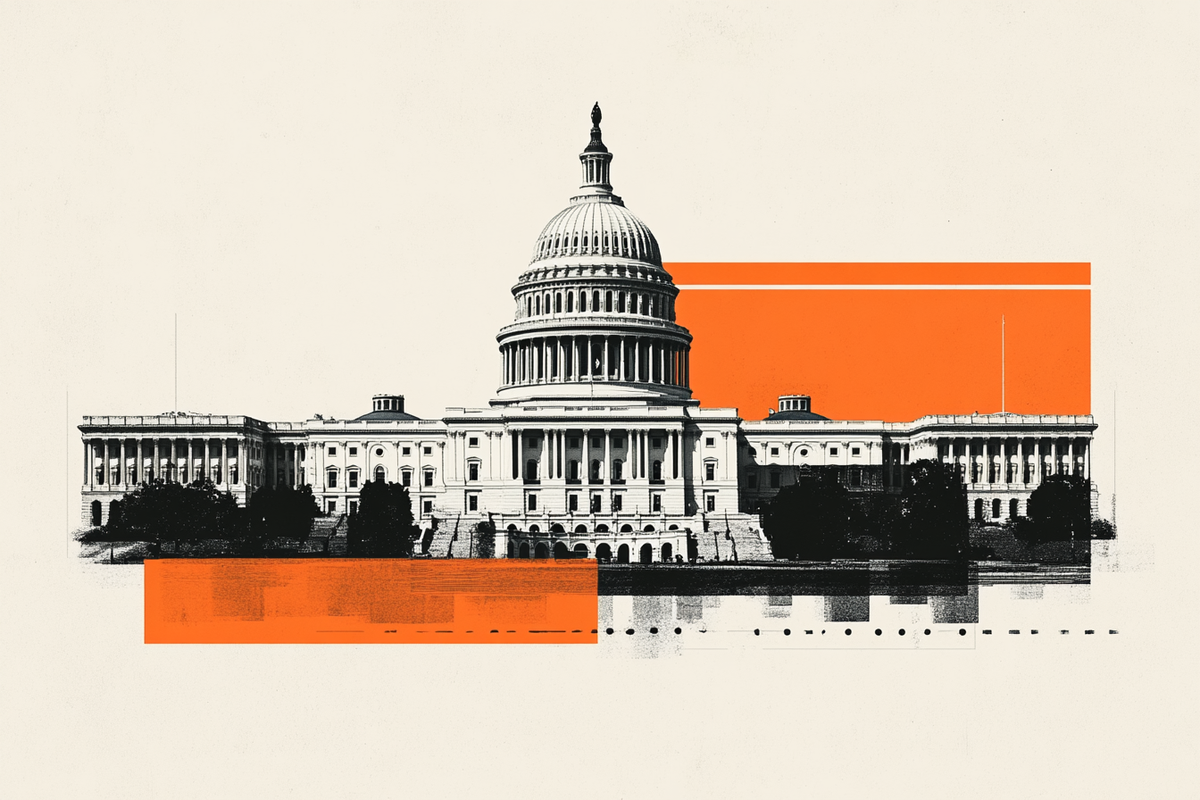Created
: 2025.05.30














![]() 2025.05.30 04:42
2025.05.30 04:42
According to the United States (US) Court of Appeals for the Federal Circuit, federal judges need more time to weigh the filings that have been brought by both sides of the US Court of International Trade (USCIT) decision to suspend President Donald Trump's far-reaching tariffs.
The US appeals circuit has intervened following the USCIT's ruling that the Trump administration has misused the International Emergency Economic Powers Act (IEEPA) to impose global tariffs that exceed the bounds of the law. According to the USCIT, the IEEPA is meant to allow the White House to quickly impose temporary restrictions and trade barriers during a national security crisis, not be used to impose across-the-board policy unilaterally in order to circumvent Congress.
The Trump administration was quick to file an appeal following the USCIT's ruling on Wednesday, and the federal appeals circuit is allowing Trump's "Worldwide Retaliatory Tariff Orders" to remain in place while federal judges review both sides of the decision.
The USCIT ruled against the Trump administration after five businesses and twelve states sued the White House in order to suspend President Trump's widespread application of emergency powers. Under the USCIT's ruling, Trump's 30% tariff on China, 25% on USCMC-exempt goods from Canada and Mexico, and the Trump administration's 10% across-the-board import tax needed to be brought down within ten days of the decision.
Investors were already hunkering down for a long wait to a final decision on the matter; the Trump administration was broadly expected to appeal the decision and immediately begin seeking alternative legal routes to impose its 'tax first, ask questions later' trade policies.
Markets remain overall tepid on the news; the US Dollar Index (DXY) was already down on Thursday, falling back from the 100.00 handle and settling back toward 99.30.
Tariffs are customs duties levied on certain merchandise imports or a category of products. Tariffs are designed to help local producers and manufacturers be more competitive in the market by providing a price advantage over similar goods that can be imported. Tariffs are widely used as tools of protectionism, along with trade barriers and import quotas.
Although tariffs and taxes both generate government revenue to fund public goods and services, they have several distinctions. Tariffs are prepaid at the port of entry, while taxes are paid at the time of purchase. Taxes are imposed on individual taxpayers and businesses, while tariffs are paid by importers.
There are two schools of thought among economists regarding the usage of tariffs. While some argue that tariffs are necessary to protect domestic industries and address trade imbalances, others see them as a harmful tool that could potentially drive prices higher over the long term and lead to a damaging trade war by encouraging tit-for-tat tariffs.
During the run-up to the presidential election in November 2024, Donald Trump made it clear that he intends to use tariffs to support the US economy and American producers. In 2024, Mexico, China and Canada accounted for 42% of total US imports. In this period, Mexico stood out as the top exporter with $466.6 billion, according to the US Census Bureau. Hence, Trump wants to focus on these three nations when imposing tariffs. He also plans to use the revenue generated through tariffs to lower personal income taxes.
![]()
Created
: 2025.05.30
![]()
Last updated
: 2025.05.30

FXStreet is a forex information website, delivering market analysis and news articles 24/7.
It features a number of articles contributed by well-known analysts, in addition to the ones by its editorial team.
Founded in 2000 by Francesc Riverola, a Spanish economist, it has grown to become a world-renowned information website.
We hope you find this article useful. Any comments or suggestions will be greatly appreciated.
We are also looking for writers with extensive experience in forex and crypto to join us.
please contact us at [email protected].
Disclaimer:
All information and content provided on this website is provided for informational purposes only and is not intended to solicit any investment. Although all efforts are made in order to ensure that the information is correct, no guarantee is provided for the accuracy of any content on this website. Any decision made shall be the responsibility of the investor and Myforex does not take any responsibility whatsoever regarding the use of any information provided herein.
The content provided on this website belongs to Myforex and, where stated, the relevant licensors. All rights are reserved by Myforex and the relevant licensors, and no content of this website, whether in full or in part, shall be copied or displayed elsewhere without the explicit written permission of the relevant copyright holder. If you wish to use any part of the content provided on this website, please ensure that you contact Myforex.
Myforex uses cookies to improve the convenience and functionality of this website. This website may include cookies not only by us but also by third parties (advertisers, log analysts, etc.) for the purpose of tracking the activities of users. Cookie policy